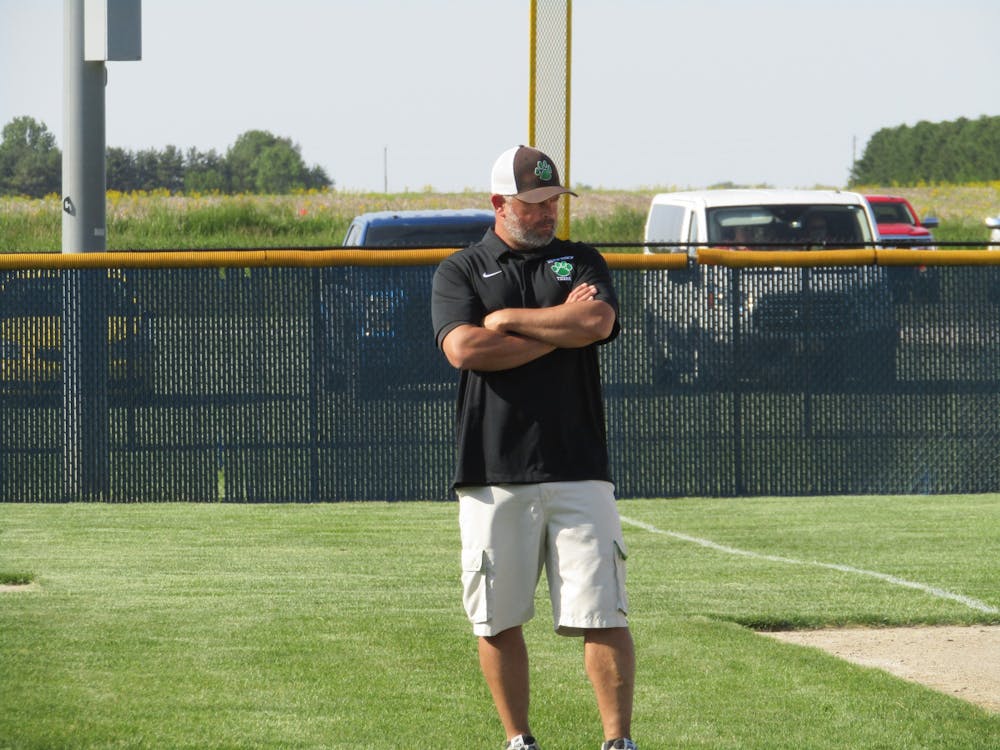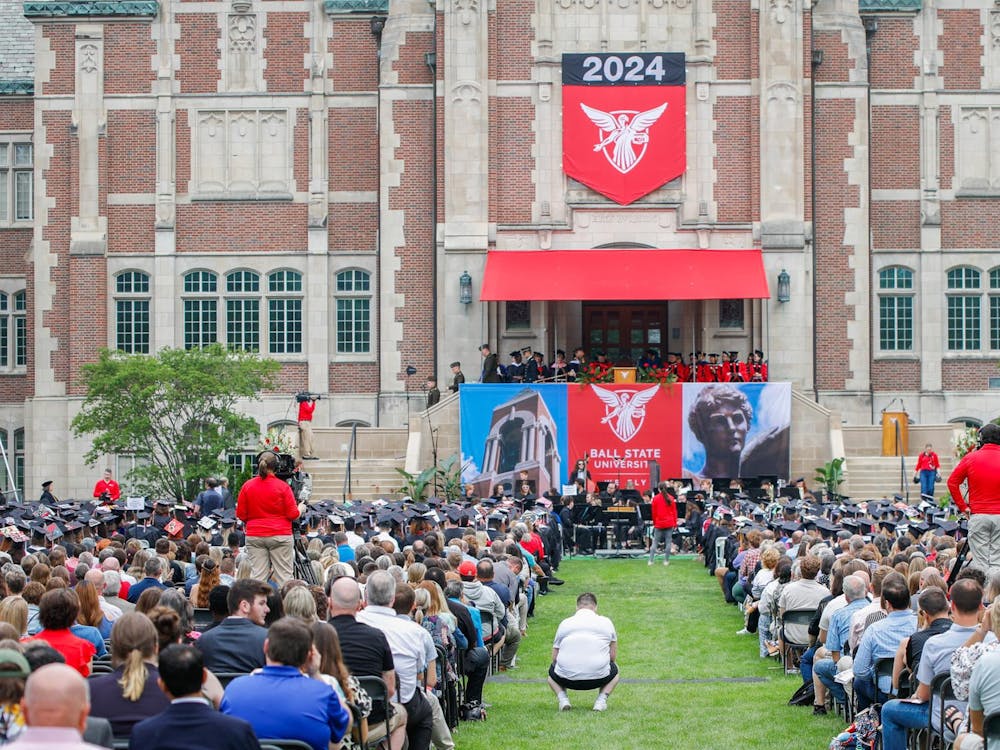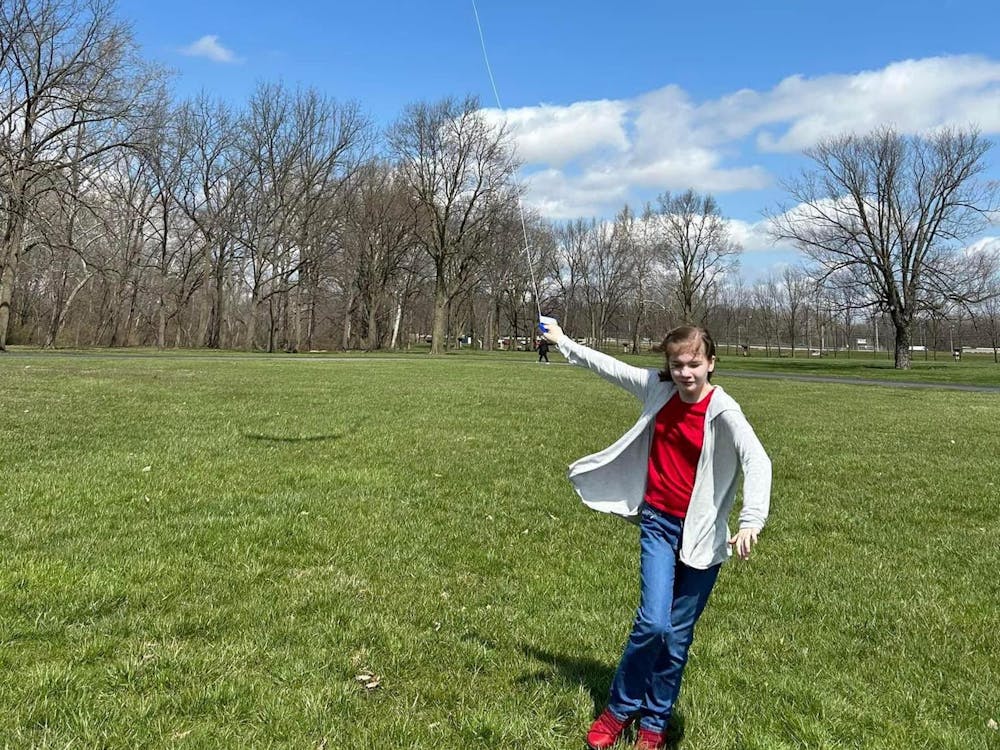Julie Lesh’s body was shutting down.
This wasn’t supposed to be happening. Julie was in her second trimester of pregnancy, 15 weeks away from the set due date for her daughter.
Instead of sitting at home, Julie lied down in a hospital bed, preparing to give birth. As time continued to pass, her and her daughter’s chances of survival decreased.
Julie had pre-eclampsia and HELLP syndrome. Only 5-8 percent of pregnant women receive the diagnosis for pre-eclampsia. Out of that percentage, only 15 percent develop HELLP syndrome. HELLP syndrome is characterized by high blood pressure and protein in urine, possibly resulting in liver rupture and stroke, which often kills the mother, according to the Preeclampsia Foundation.
The only assured cure is delivering the baby.
On March 2, 2002, Riley Lesh greeted the world as a Riley Kid. The threat to Julie’s life passed, but Riley’s remained. She weighed one pound, ten ounces.
Riley spent 90 days in the Neonatal Intensive Care Unit after her birth at Riley Children’s Hospital. Doctors said she had 50 percent chance of survival and a 90 percent chance of a severe handicap.
“It almost felt like we were drowning,” said Julie. “We had no idea what was happening with her and what future she faced.”
The hospital staff became the Lesh family’s life preserver, she said. Even after Riley left the hospital, connected to oxygen and feeding tubes, the nurses continued to show up at her home to baby-sit.
“They became like family,” Julie said. “They told us to take it a day at a time.”
Almost 540 days later, Riley started returning to the hospital for yearly pediatric checkups. She had no health problems.
Riley doesn’t remember her stay at the hospital, but her and her mother continues to support the hospital that gave her a second chance at life.
Ball State’s 2014 Dance Marathon is the 124 marathon Riley has attended and is the seventh this year.
The event included about 1,500 dancers and raised almost $350,000, which is nearly $100,000 than its goal for this year.
The disorder that caused Riley’s health problems could affect Julie again. As a result, Riley remains an only child.
Julie views the families and students dancing at the marathons as the missing family members her disorder prevented her from having.
“In Riley’s speech, she says, ‘I don’t have brothers and sisters, but I have a dance marathon family,’” said Julie.
At each marathon, Riley raises money and performs gymnastics in the talent show — a feat since Riley almost lost one of her legs as a premature infant.
“For me, it’s just a reminder of how far we’ve come and how close we came,” Julie said about watching Riley tumble.
This year, Riley created bracelets out of rubber bands to sell at Ball State’s marathon, in an attempt to raise even more money. So far, she’s collected $2,000 for all the Indiana schools and $225 specifically for Ball State.
“I like [the dance marathons] because it’s something where kids can come and be a part of something,” Riley said.
Julie said each college has a unique dance marathon. For Ball State, she says their signature is mingling with Riley families.
“They make sure these kids are treated like royalty,” she said. “And their family room is the best by far.”
She also cites Ball State’s monthly activities for Riley Kids as the reason for her admiration.
For a week, Riley took a break from school and attended dance marathons to celebrate life. On March 2, Riley turns twelve-years-old. The significance of the date doesn’t weigh heavily on her mind, however. Saturday, she was just happy to be talking with the Dance Marathon volunteers and reminding them what they’re actually doing this for.




